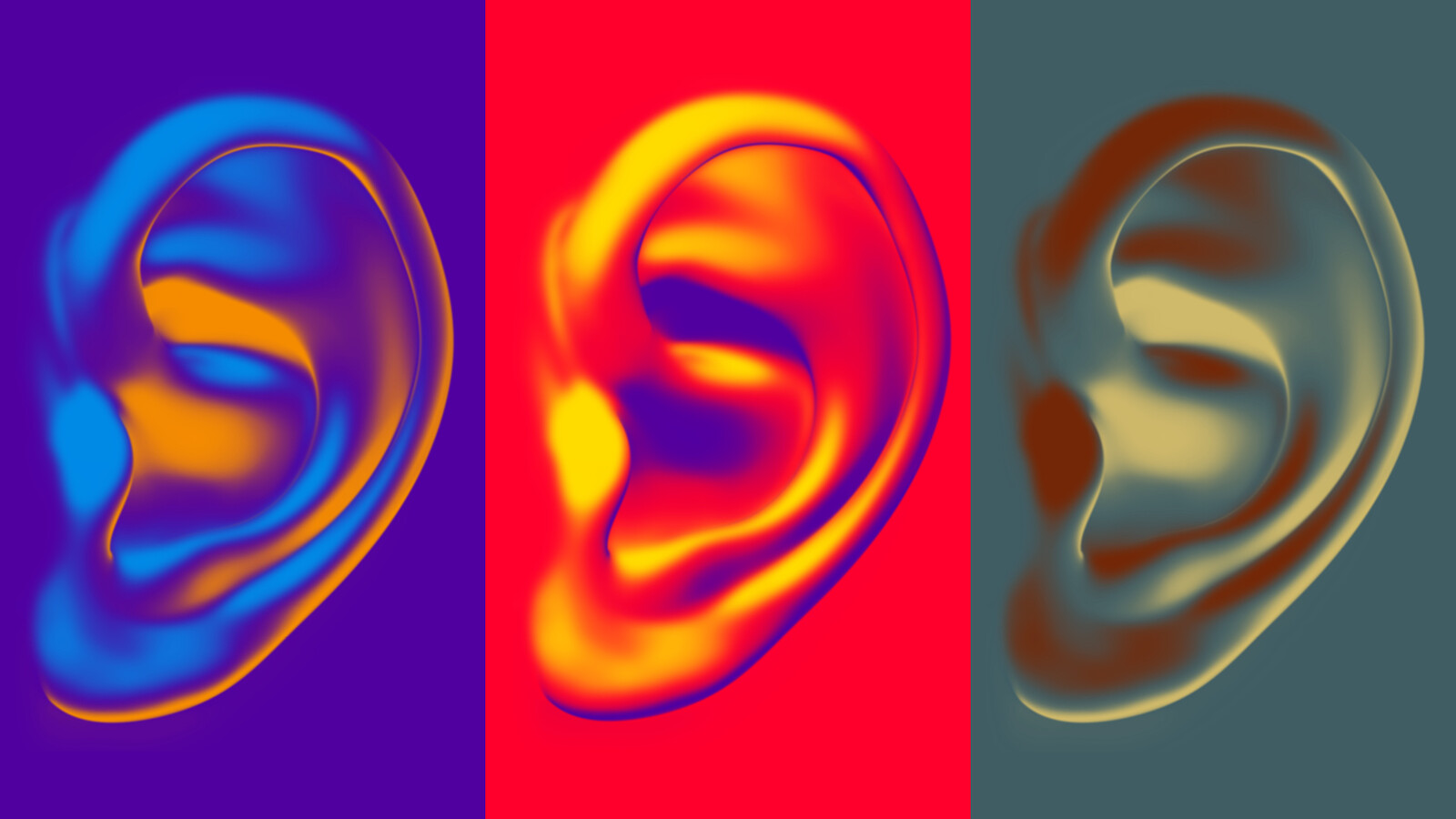Hearing in Art
February 22–May 14, 2023
Paul Sacher-Anlage 1
4058 Basel
Switzerland
Hours: Tuesday–Sunday 11am–6pm,
Thursday 11am–9pm
tinguelybasel.infos@roche.com
À bruit secret. Hearing in Art is the fourth in a series of five themed exhibitions at Museum Tinguely dealing in experimental ways with the human senses. Focusing attention on hearing, which plays an important role in multisensory experiences of art, the exhibition offers various immersive and interactive encounters with familiar and less familiar soundscapes. Historical works as well as pieces created specially for the show by 25 international artists, invite visitors to pay attention to what they are hearing, opening up acoustic fields usually hidden from the human ear. What does the Rhine sound like as it flows through Basel? What’s to be heard beneath the surface of the ocean? Can urban noise or the voices of animals and humans be used to make artworks? How have human activity and climate change altered the sounds of the jungle? Can soundwaves be perceived other than by our ears, and how can acoustic phenomena be visualized? The exhibition includes sculptures, multimedia installations, photographs, works on paper, and paintings dating from the Baroque period to the present day.
The exhibition features works by artists including Kader Attia, Ursula Biemann, George Brecht, Pol Bury, Cevdet Erek, Dominique Koch, Christina Kubisch, Fortunato Depero, Marcel Duchamp, Isa Genzken, Hermann Goepfert, Rolf Julius, František Kupka, Oswaldo Maciá, Marcus Maeder, Filippo Tommaso Marinetti, Carsten Nicolai, Emeka Ogboh, Meret Oppenheim, Nam June Paik, Alexander Tillegreen, Robert Rauschenberg, Dieter Roth, Luigi Russolo, Kurt Schwitters, Jean Tinguely, Bill Viola, Jorinde Voigt, James Webb.
Comprising many different kinds of sound, the acoustic world surrounds humans like a universal «composition». What we hear evokes emotions, memories, and associations that are shaped by subjective and sociocultural factors and that vary over time. From the late 1960s, researchers like Canadian composer and sound theorist R. Murray Schafer divided our acoustic environment into soundscapes, distinguishing between three kinds: natural, technical, and human, with the latter including both the voice and music. Since the early twentieth century, if not before, the sounds of machines and technology have become ever more dominant, encroaching on the original sounds of nature all over the planet. Schafer called on us to refine our sense of hearing, laying important foundations for ecoacoustics, the study of how environmental factors and human activities impact on the acoustic aspects of ecosystems.
À bruit secret takes inspiration from this call for a more differentiated perception of sounds. Multimedia artworks immerse museumgoers in various soundscapes from around the planet, with water, the natural environment animated by plants and animals, language as the basis of communication, and the dissonant noise of big cities all playing a part.
For the first time ever in Switzerland, Museum Tinguely presents Robert Rauschenberg’s Oracle (1962-1965), a five-part assemblage of found objects that exudes cacophonic radio sounds and that even features flowing water.
Curator of the exhibition: Annja Müller-Alsbach

